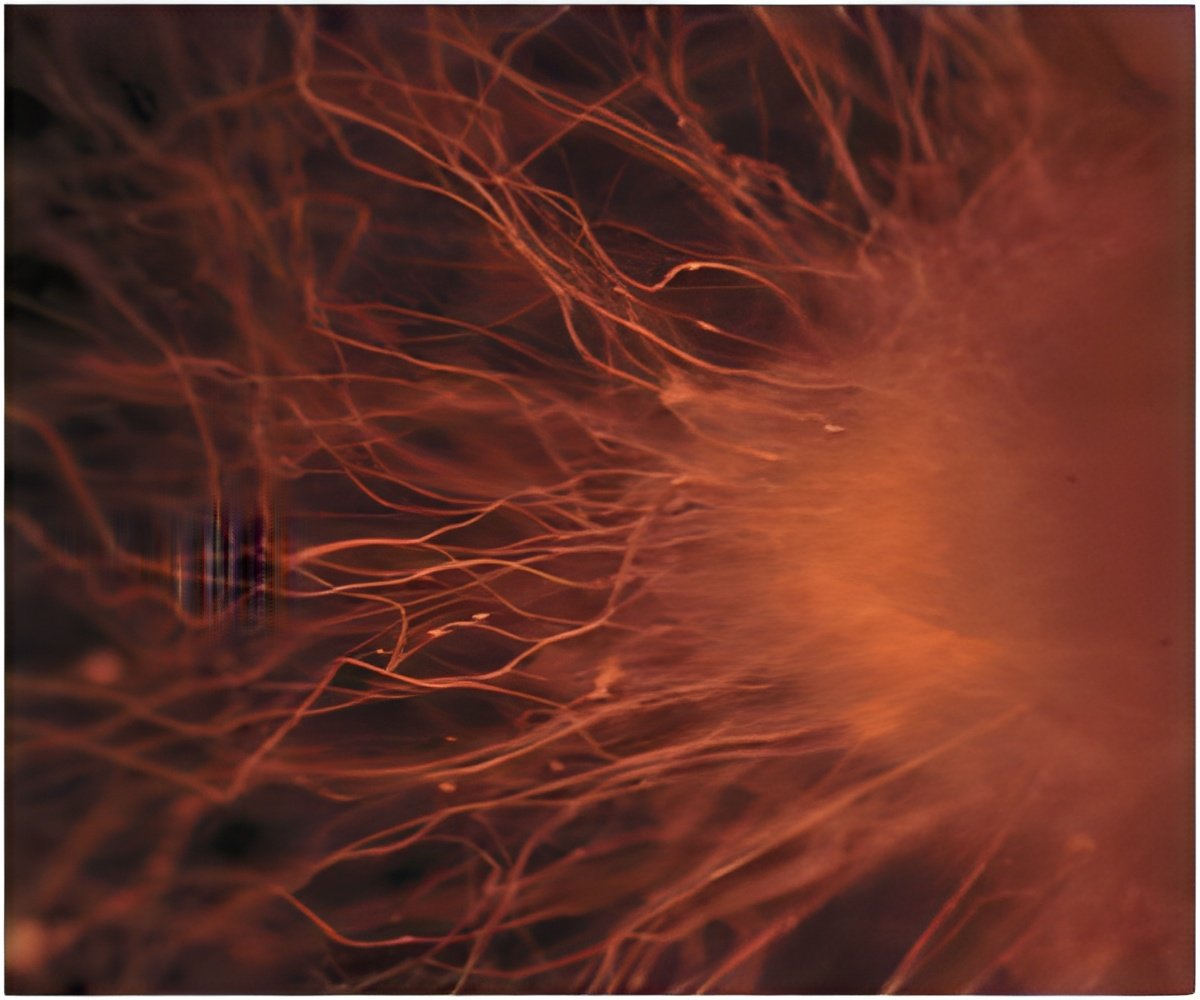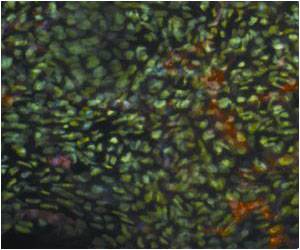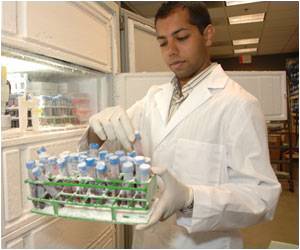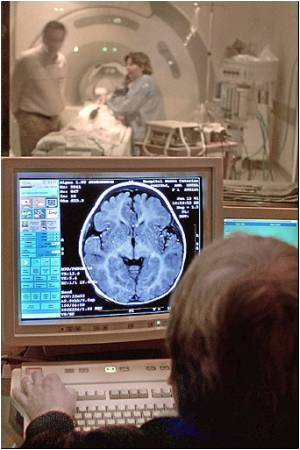Try imagining filling a hole in your heart by regrowing the tissue. It is a reality in salamanders, while the possibility is still being explored in people.

Heart disease is the leading cause of deaths in the United States. Preventative measures like healthful diets and lifestyles help ward off heart problems, but if heart damage does occur, sophisticated treatments and surgical procedures often are necessary. Unfortunately, heart damage is typically irreversible, which is why researchers are seeking regenerative therapies that restore a damaged heart to its original capacity.
We have known for hundreds of years that newts and other types of salamanders regenerate limbs. If you cut off a leg or tail, it will grow back within a few weeks. Stanley Sessions, a researcher at Hartwich College in Oneonta, N.Y., wondered if this external phenomenon also took place internally. To find out, he surgically removed a piece of heart in more than two dozen newts.
"To our surprise, if you surgically remove part of the heart, (the creature) will regenerate a new heart within just six weeks or so," Sessions said. "In fact, you can remove up to half of the heart, and it will still regenerate completely!"
Before the research team dove deeper into this finding, Sessions and his three undergraduate students, Grace Mele, Jessica Rodriquez and Kayla Murphy, had to determine how a salamander could even live with a partial heart. It turns out that a clot forms at the surgical site, acting much like the cork in a wine bottle, to prevent the amphibian from bleeding to death.
What is the cork made of? In part, stem cells. Stem cells have unlimited potential for growth and can develop into cells with a specialized fate or function. Embryonic stem cells, for example, can give rise to all of the cells in the body and, thus, have promising potential for therapeutics.
Advertisement
This finding could have exciting implications for therapies in humans with heart damage. By finding the genes responsible for regeneration in the newt, researchers may be able to identify pathways that are similar in newts and people and could be used to induce regeneration in the human heart. In fact, a clinical trial performed just last year was the first to use stem-cell therapy to regenerate healthy tissue and repair a patient's heart.
Advertisement
Source-Eurekalert















